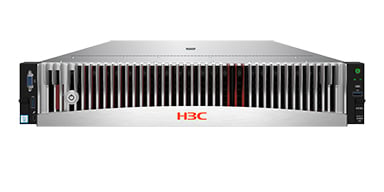| Title | Size | Downloads |
|---|---|---|
| About the H3C WA Configuration Guides-book_CHM.rar | 3.41 MB |
- Table of Contents
- Related Documents
-
1 About the H3C WA Configuration Guides
The H3C WA configuration guides are part of the H3C WA documentation set. They describe the software features for the H3C WA series WLAN access points, and guide you through the software configuration procedures. These configuration guides also provide configuration examples to help you apply the software features to different network scenarios. The H3C WA documentation set includes 10 configuration guides:
Configuration guide | Content |
Describes how to use the command line interface (CLI) of the AP, log in to and set up the AP, and use the basic management functions. This guide includes: l CLI l Logging In to the AP l Controlling Login Users l File Management l FTP and TFTP l Device Management l Basic System Configuration l HTTP | |
Covers the WLAN technologies, such as WLAN services, WLAN security, WLAN RRM, WLAN QoS, WLAN IDS, and WDS. This guide includes: l WLAN Interface l WLAN Service l WLAN Security l WLAN RRM l WLAN IDS l WLAN QoS l WDS | |
Covers Layer 2 technologies and features used on a LAN switched network, such as Ethernet interface, loopback and null interfaces, VLAN technology, MAC address table management, and MSTP. This guide includes: l Ethernet Interface l Loopback and Null Interfaces l VLAN l MAC Address Table l MSTP | |
Covers WAN access technologies such as PPP and PPPoE. This guide includes: l PPP | |
Describes IP addressing (including static and dynamic IPv4 and IPv6 address assignment), network performance optimization, ARP, and interoperation between IPv4 and IPv6. This guide includes: l ARP l IP Addressing l DHCP l DNS l IP Performance Optimization l IPv6 Basics l DHCPv6 | |
Describes the static routing technology for IPv4 and IPv6 networks of different sizes. This guide includes: l IP Routing Basics l Static Routing l IPv6 Static Routing | |
Covers Layer 2 IPv4 multicast protocol IGMP snooping, and Layer 2 IPv6 multicast protocol MLD snooping. This guide includes: l IGMP Snooping l MLD Snooping | |
Describes how to classify traffic with ACLs, and allocate network resources and manage congestions with QoS technologies to improve network performance and network use efficiency. You can use ACLs to help other function modules (such as QoS and IP routing) classify or filter traffic. This guide includes: l ACL l QoS | |
Covers security features. The major security features available on the AP include identity authentication (AAA and PKI), access security (802.1X, MAC authentication, and port security), secure management (SSH), and SSL. This guide includes: l AAA l 802.1X l MAC Authentication l Port Security l Public Key l PKI l SSH2.0 l SSL | |
Describes features that help you manage and monitor your network, for example, display system information, and use the ping and tracert commands to check and debug network connectivity. This guide includes: l System Maintenance and Debugging l NTP l SNMP l CWMP l Information Center |





